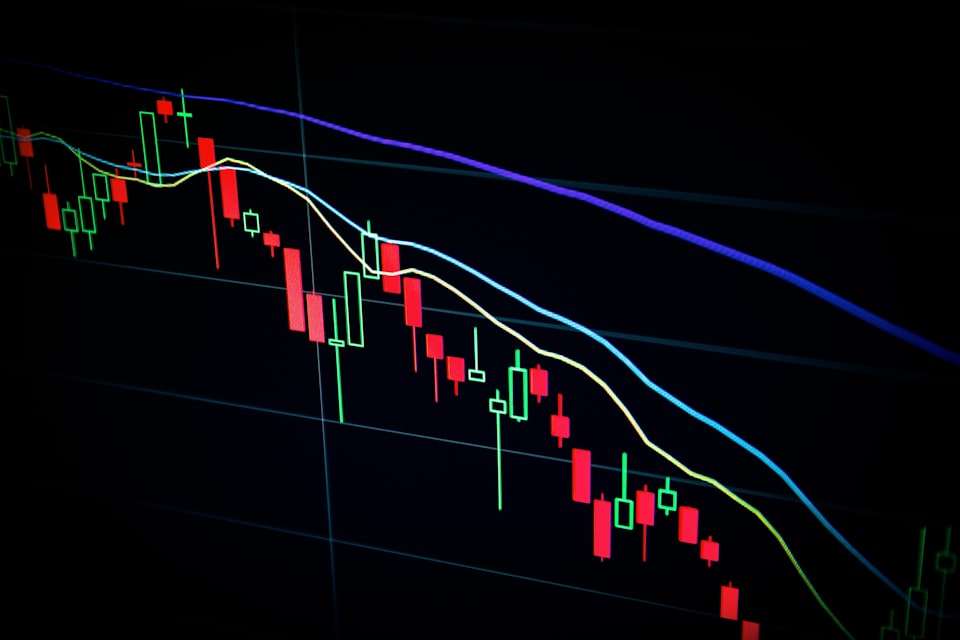Stock Market Selloffs, "Tape Painting" & How to Cope

Hi GBRs! Watch my new video or keep reading below for my take on the trading action of the last few days...
If you want to successfully invest or trade - profiting in the bull markets and surviving in the corrections and occasional bear market - it helps to be able to adapt quickly if things don't go the way you originally planned.
For instance, I posted a video a few weeks ago about the "Labor Day Phenomenon" - expecting the market to rise at least into Labor Day.
I doubt that's the case anymore.
Right now, to call what's happening in the S&P 500 or Nasdaq a 'selloff' - is still kind of a stretch. The S&P is only down about 1% from its all-time highs.
But we should continue to watch the Russell 2000 small cap index. It was up as much as 1.5% today, but down 4% in the past 7 trading sessions, and down 9% from the alltime highs in March.
So what's going on? No surprise to you, I'm sure, but...
Folks are worried about the Delta variant and its impact on the economy, of course.
Folks are worried about the Federal Reserve's "tapering" comments recently (i.e. buying fewer bonds, which help support corporate borrowing efforts, and by extension - the stock market).
Folks need something to worry about. It's late summer. Trading conditions are slow.
The markets may need a rest. S&P 500 has gone something like 200 trading sessions in a row without a selloff of even 5%.
So if the market continues to plough higher - none of this matters.
All About "Tape Painting"
On the other hand, selloffs, corrections and the rare bear market - are tricky, dangerous animals...
We don't know when they're going to strike. But when they do, they're designed to inflict heartbreak and disappointment in traders and investors like us.
That's the process that a market goes through - it can take a few days, a few weeks or months - in order to create a 'bottom' and then move higher again.
When conditions are right for a bigger selloff, a nice rebound day - like today, following a tough session on Thursday - can be created in a process that market pros call "tape painting."
The term comes from pre-computer days, everyone got their stock quotes from a roll of paper telegraph tape.

But in practice, 'tape painting' is where - at peaks in the market - institutional big-money traders buy just enough of key stocks (like the FAANG stocks for instance) to make the major indexes look good and healthy.
It draws in new investors like moths and mosquitoes to the glowing blue bugzapper I have in my backyard here in Florida.
Meanwhile their futures traders in Chicago quietly 'go short' on S&P and Nasdaq futures contracts. They position themselves to make money if and when the indexes go lower.
So after a nice rebound day, we go to bed that night thinking "I bought this dip in the market. My stocks did well today. I think the selloff is over. All higher from here."
The next morning we wake up and the S&P 500 futures are down 40 points. So we figure, "OK, this is a fakeout. I'm going to double-down on my new position, and show 'Mr. Market' who's boss!"
Instead, "Mr. Market" drops even further into the abyss.
That's why I say that selloffs, corrections and bear markets - which can last a few days, a few weeks or many months - are built on heartbreak.
I'm not saying that's what's going to happen in coming days. But it's something to watch for.
Likewise for another typical sign of a weakening market - the "late-day fade."
So we're talking about a trading session that may start strong as everyone buys the dip. But then at some point - sometimes it's after the first hour or two, sometimes it's the last hour of the session - the market begins losing altitude, often in progressively larger chunks as we head towards the 4pm ET closing bell.
In my experience, intraday fades into the close seem to happen less often than years ago. Maybe it has something to do with the many computer algorithms that drive much of the trading these days.
The point being - there are lots of traders and computerized trading programs that focus strictly on technical trading. They may automatically buy the day's lows under certain parameters, and sell at some other technical waypoint.
They can keep a market like ours in rebound mode the whole day - sometimes for a handful of days, lulling us to sleep thinking everything is fine with the stock market - and then just as quickly put it in the tank.
That's one of the things nobody tells you when you start trading and investing on your own.
The stock market has a subtle way of luring us in and keeping us interested while we put lots of fresh money to work, with our emotions fully committed to a bullish outcome - and then dash our hopes and dreams when it's too late to do much about it.
In fact, there's an old market saying that bull markets take the escalator up - but bear markets take the elevator down.
Something to keep in mind in the sessions ahead.
Member discussion